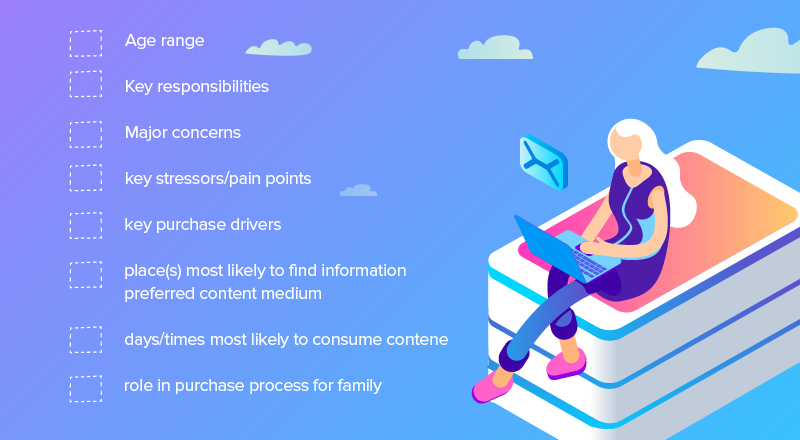
How to Create a Facebook Business Page
How to Create a Facebook Business Page Now that your business is up and running, you’re probably thinking that it may be time to kick
There is no denying that you need to be using Social Media Marketing as part of your overall marketing strategy.
In today’s world, social media is part and parcel of our daily lives with most people tuning in, turning on and connecting to one social platform or another.
With billions of people using social media, you would be crazy not be using it to build your online presence.
However, there is more to social media marketing than just creating profiles on different platforms and posting content. To get results you need a strategy, and in this post, we will break down the various elements of that strategy so you can start building yours.
Let’s get started

An effective social media strategy starts with knowing your audience. If you don’t know who that audience is then you can’t deliver content and messages that resonate with them.
While, social media platforms provide a lot of analytical data on your audience – age, gender, income etc., this data will only get you so far.
To truly know your audience you have to understand what makes them tick, what they love, what they hate, their values and aspirations.
To this end you should create personas (composites of your ideal customers) – these composites should be alive, give them names, and fill in the blank of who they are.

Your social media strategy starts with defining measurable business goals that your social activity will deliver. These goals can be driving brand awareness, increasing traffic to your website, gaining more leads etc.
Without clear, measurable, smart goals your social media marketing will be rudderless and a waste of your time and money.
Your goals should be documented on a spreadsheet, a notebook, or a company file. Statistics indicate that people with written goals are 30 times more successful than those who have no goals, and those with goals in their heads are 10 times more successful than those who have no goals.

There are a lot of different social media channels – Facebook, Snapchat, Instagram, Twitter, Linkedin etc – but depending on who your audience is, only some of these channels might be relevant.
For example, if your audience is older then maybe Snapchat, who according to the Pew Research center, 78% of the users are aged between 18 to 24.
To get the best ROI from your social strategy only focus on those channels where the bulk of your audience hang-out.
Facebook is one of the primary social channels it will fit most social strategies then after that, you can focus on other relevant channels for your audience.

To effectively measure the impact of your social media activity and how it delivers on business goals you have to track the right metrics.
While Like, Hearts, Retweets, Shares etc, are nice they mean nothing if they are not delivering business value. Without, business value they are merely vanity metrics.
The most important metrics are those that push people into your conversion funnel they include traffic to your website, sign-ups to your email list, and of course sales.

Content fuels social media and part of developing a social media strategy is understanding the different types of content that are suited to each social channel.
For example, Instagram is visual, Facebook is more of a mix bag of content types, LinkedIn is more information written content.
As well as posting the right type of content for each channel the content you publish should be created to resonate with your audience personas, and also the business goals that you are trying to achieve.
Another element of your content strategy is publishing frequency which is usually daily, and often multiple times a day.
To help manage their posting schedule many businesses use social media tools like Tailor Social to manage their presence on different platforms.
The success of your social media marketing efforts comes down to how you measure and analyse the impact of your activities.
If you have established metrics for tracking results then you should be clearly able to measure how the various posts you publish perform and contribute to the business goals you want to achieve through social media.
All platforms will provide analytics data that tell a story of how your posts perform if you use management tools these often provide further analytics insights – combine these with your website analytics to get a full picture.
Your job is to understand what worked and why. If some posts performed well and others don’t look for commonalities and patterns, and then tweak future posts accordingly.
Now it’s Your Turn….
Social media has the power to deliver amazing results but only when done properly, with intention and a plan.
And now that you know the elements that make-up a social media marketing strategy it’s time to build your own.

How to Create a Facebook Business Page Now that your business is up and running, you’re probably thinking that it may be time to kick

6 Tips to Help You Grow Your Business on Twitter If you’re a small to medium business (SMB) or a solopreneur then you need to

The 6 Types of Content You Need for Social Media You already know you’ll need to bring in a ton of excellent content to post
Simply Start Your Trial Now to explore all Tailor Social features for free.
